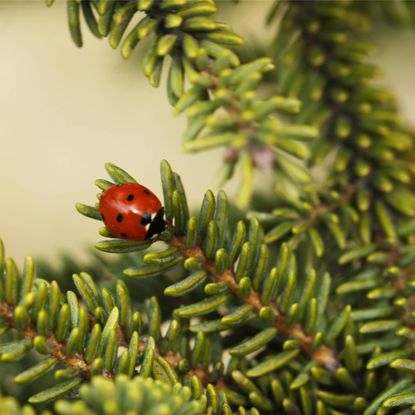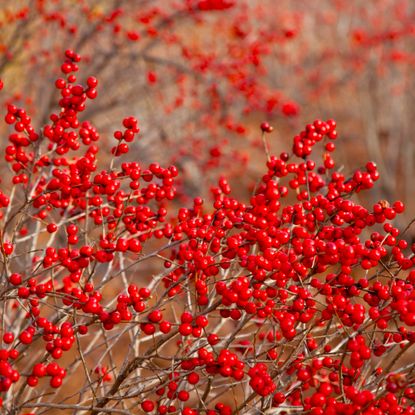Trees
Trees are normally a welcome addition to the home landscape, so finding tree growing information is an essential part of their care. Whether you are needing this information for planting trees, the pruning of trees, or getting rid of ornamental trees that have outlasted their welcome, the following pages should help. Keep reading to find the type of tree care information that meets your needs. Our tree growing information continues to grow, so if you don’t find it now, keep checking. New articles are regularly added.
Explore Trees
-
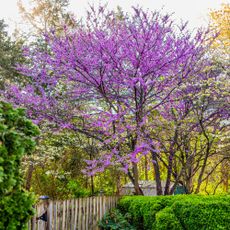
I've Been Writing About Trees for 20 Years, These Are the 5 Native Species I Recommend Everyone Plant in Their Own Yard
After decades of reading, writing about, and planting hundreds of trees, these are the species I absolutely adore. Here's why they deserve a spot in your yard.
By Teo Spengler
-

Does Sugar Water Really Keep Your Christmas Tree Fresh? Plus, the Simple Trick that Works Wonders and is Absolutely Free
Branches droop, needles shed, and if you aren’t careful, your tree can quickly lose its seasonal freshness. Folks swear by sugar water in the stand, but does it help or hurt? We reveal the truth
By Tyler Schuster
-

How Long Do Christmas Trees Last? Tips to Keep Yours Fresh Through the New Year
Pick a fresh tree, cut the base, and keep the stand full. These tips will help you dodge that dry, brittle mess before New Year's.
By Tyler Schuster
-
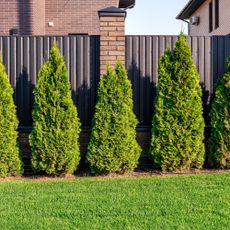
Hide an Ugly Fence & Add Privacy With These 7 Stunning Trees That Are Perfect for Fence Lines
Beautify your borders with these trees for fence lines! These expert picks add privacy and quickly hide an unattractive fence you'd prefer not to see.
By Teo Spengler
-

Spiders Hiding in Your Christmas Tree? Don't Panic – Here's How to Get Rid of Them Fast
Most spiders in Christmas trees are harmless hitchhikers, and with a few quick checks and simple steps, you can clear them out before they spread indoors.
By Tyler Schuster
-
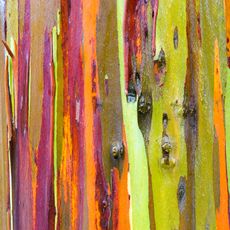
Want Showstopper Trees? Grow these 7 Unique Beauties for Dramatic Bark Tone and Texture to Add Some Winter Wow
Think bark is boring? These 7 breathtaking trees prove otherwise, offering extraordinary textures, bold color and instant character that turn even winter into a showpiece
By Mary Ellen Ellis
-

The World's First Automatic Christmas Tree Watering System Looks Like A Literal Gift – And it Might Just Be the Cutest Holiday Gadget Yet!
Want to keep your Christmas tree hydrated without installing an ugly automatic watering system? Look this way…
By Kayleigh Dray
-

Firefighters Warn This Live Christmas Tree Mistake Can Be Deadly – Follow This Simple Rule to Keep Your Home Safe
Don't let neglected care turn your holiday centerpiece into an accelerant. Find out how keep your tree safe, and when it's absolutely time to take it down.
By Tyler Schuster
-
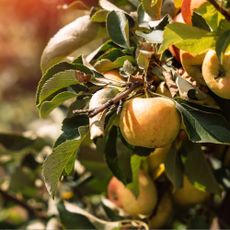
When I Plant Fruit Trees in the Fall, I Always Do These 2 Things to Help Them Thrive
Now is the perfect time to plant fruit trees (especially if you want to do it on the cheap), so long as you do these two things…
By Kayleigh Dray
-

Buying Your Christmas Tree in November? Here's 3 Ways to Stop It From Drying Out by New Year
Yes, your Christmas tree can last longer than you might think… so long as you keep it hydrated, that is.
By Kayleigh Dray
-
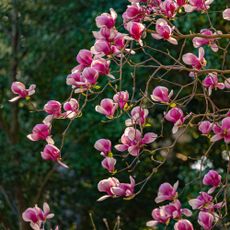
Magnolia Tree Reblooming? Here's Why Your Spring Flowers Are Back in Fall & What It Means for Next Year's Blooms
Is your magnolia blooming in fall? Unexpected fall flowers may surprise gardeners, but there's no need to worry. Here's why it happens and what you need to do.
By Tyler Schuster
-
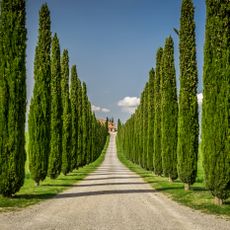
Boost Your Curb Appeal By Planting These 5 Trees Along Your Driveway – They're Pretty in Every Season
Give your guests a warm welcome with these 5 trees that stay beautiful all year long.
By Teo Spengler
-
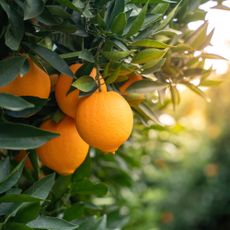
Your Birth Month Has a Fruit Tree! Find Yours & Plant It This Fall for a Sweet Harvest
What delicious fruit does your birth month have in store for you? Find out what your fruit tree is and get growing!
By Teo Spengler
-
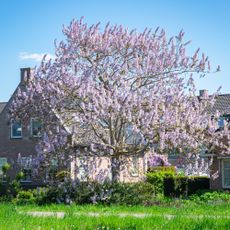
Why You Should Never Plant This One Beautiful Flowering Tree – Plus, 5 Varieties to Grow Instead
The empress tree’s purple blooms and fast growth seem appealing, but this plant has a dark side. Here's why you should never plant one and what to grow instead.
By Tyler Schuster
-
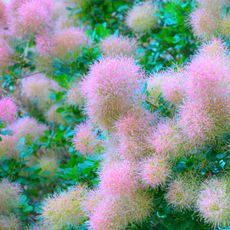
This Knockout Native Gives Dreamy Clouds of Color and Year Round Beauty – How to Grow the American Smoke Tree
Set your ornamental garden ablaze with the dramatic fall foliage and smoky blooms of this cracking native. Find out how easy it is to grow the unforgettable American smoke tree
By Teo Spengler
-
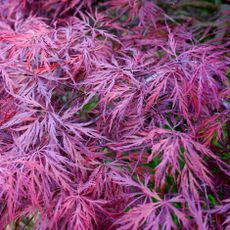
Japanese Maples Aren’t Just for Fall – These Ultimate 4-Season Varieties Dazzle All Year Long
Japanese maples are prized for their fall foliage, but they can look gorgeous all year round. Here are the best 4-season beauties for continuing Japanese maple color and character
By Mary Ellen Ellis
-
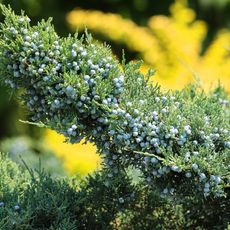
These 6 Fast-Growing Trees Make Beautiful Privacy Fences – Grow a Gorgeous Living Boundary in No Time!
Keeping a boundary secure is one thing – but can you have attractive boundaries that grow quickly? Yes, you can, with these fast growing privacy fence trees
By Mary Ellen Ellis
